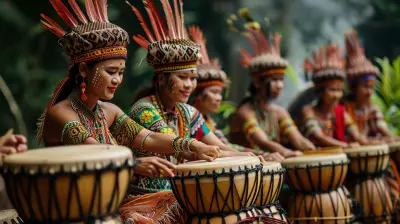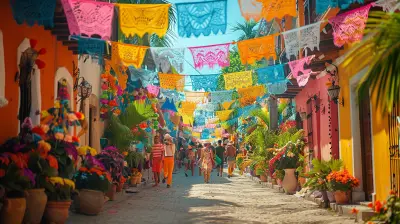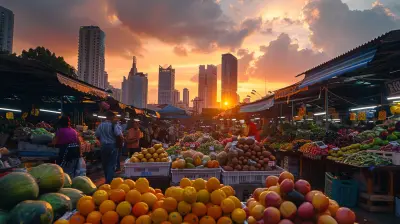Monochromatic Adventures: Mastering Black and White Travel Photography
23 June 2025
Have you ever stood in front of a breathtaking view, pulled out your camera, and thought—what if I ditched the colors? Sounds a little wild, right? But trust me, shooting in black and white on your travels isn’t just old-school nostalgia—it’s an art form, a mindset, and a gateway to seeing the world through a brand new lens (pun totally intended).
In a world saturated with vibrant filters and overly edited sunsets, black and white photography dares to whisper when others shout. It's raw, it's emotional, and it strips away distractions to leave behind pure, unfiltered storytelling. Let’s dive deep into this monochrome world together and unlock how you can master black and white travel photography—regardless of whether you’re snapping pics on a smartphone or a DSLR.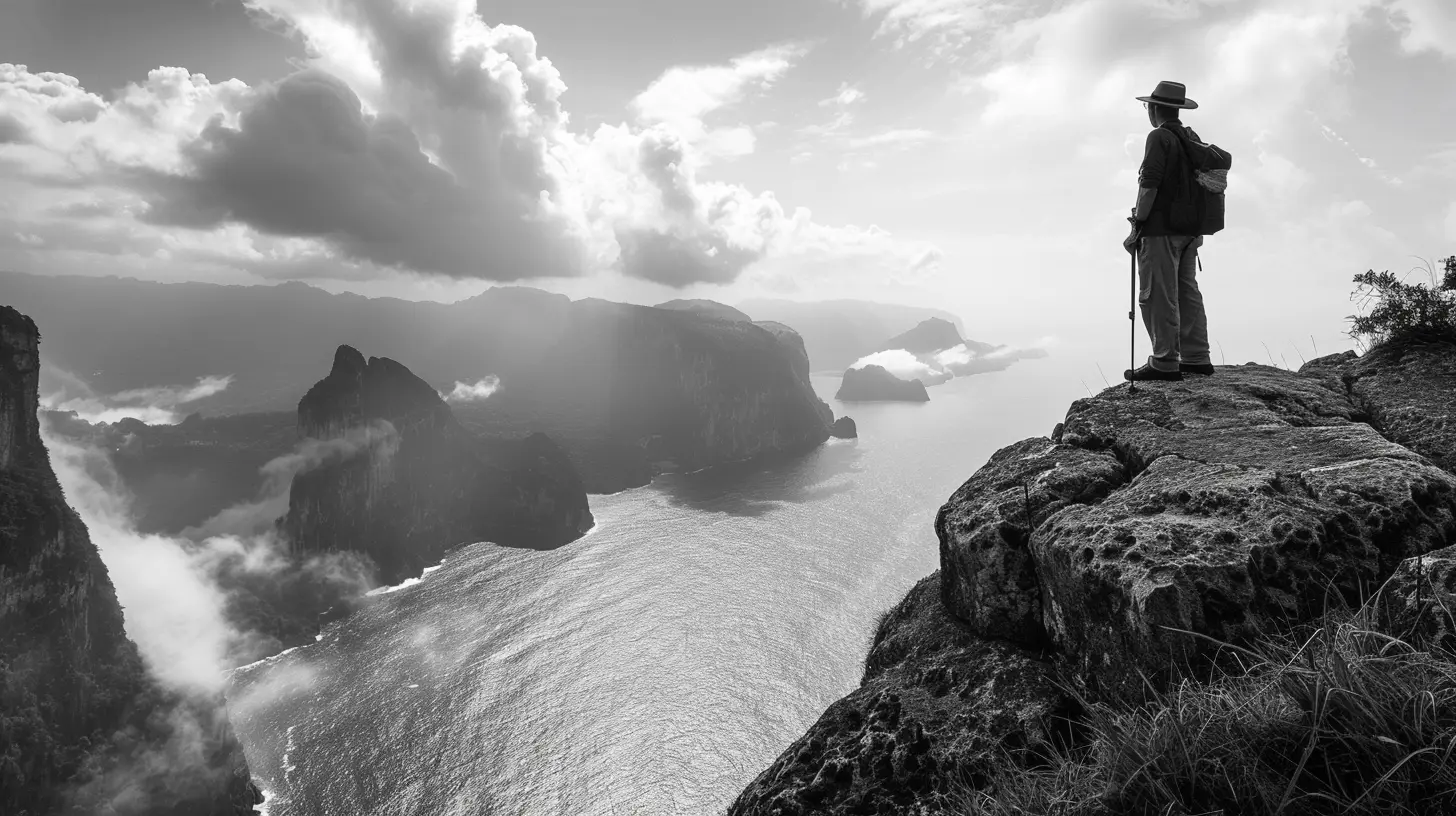
Why Black and White, Though?
So, why go monochrome when the world is bursting with color? Great question.Black and white photography challenges the way we see things. It forces us to break down scenes into light, shadow, shape, and texture. Without color, the emotions in a moment have to come through expressions, contrast, and composition. Every line, wrinkle, or silhouette becomes more powerful.
Also, let’s be honest—black and white shots just feel timeless. They connect us with the rich history of photography while still allowing tons of creative freedom.
And here's the kicker… some of the most iconic travel photographs of all time? Yep, black and white.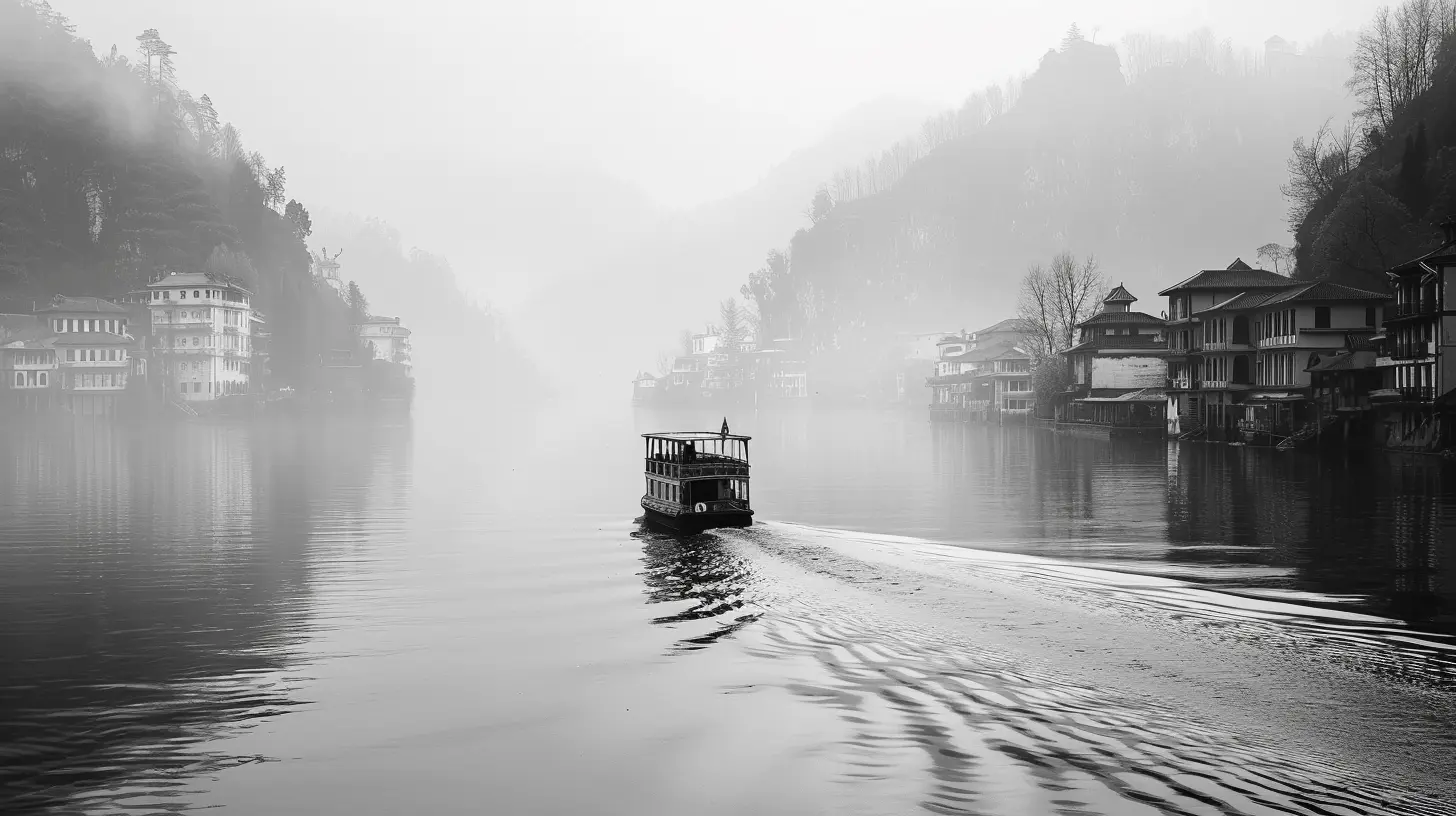
Getting Started: Develop a Monochrome Mindset
Before you even lift the camera, you’ve got to start thinking in black and white.See Light Differently
Color photography makes us think in terms of hues and tones—sky blue, golden hour amber, lush green forests. But in black and white, it’s all about contrast. Ask yourself:- Is there enough difference between light and dark here?
- Will shadows create depth?
- Could the textures pop more without color?
Switching your camera’s viewfinder to black and white (most cameras and phones can do this in live mode) is a great trick to train your eye.
Look for Strong Shapes and Lines
Think of your shot like a sketch. Without color doing the heavy lifting, you’ve got to spotlight the structure of your scene. That means:- Bold architecture
- Curving roads
- Jagged mountain ranges
- Striking facial features on a wrinkled old man sipping tea in a train station
If the structure of your composition is solid, you’re miles ahead in creating a powerful monochrome image.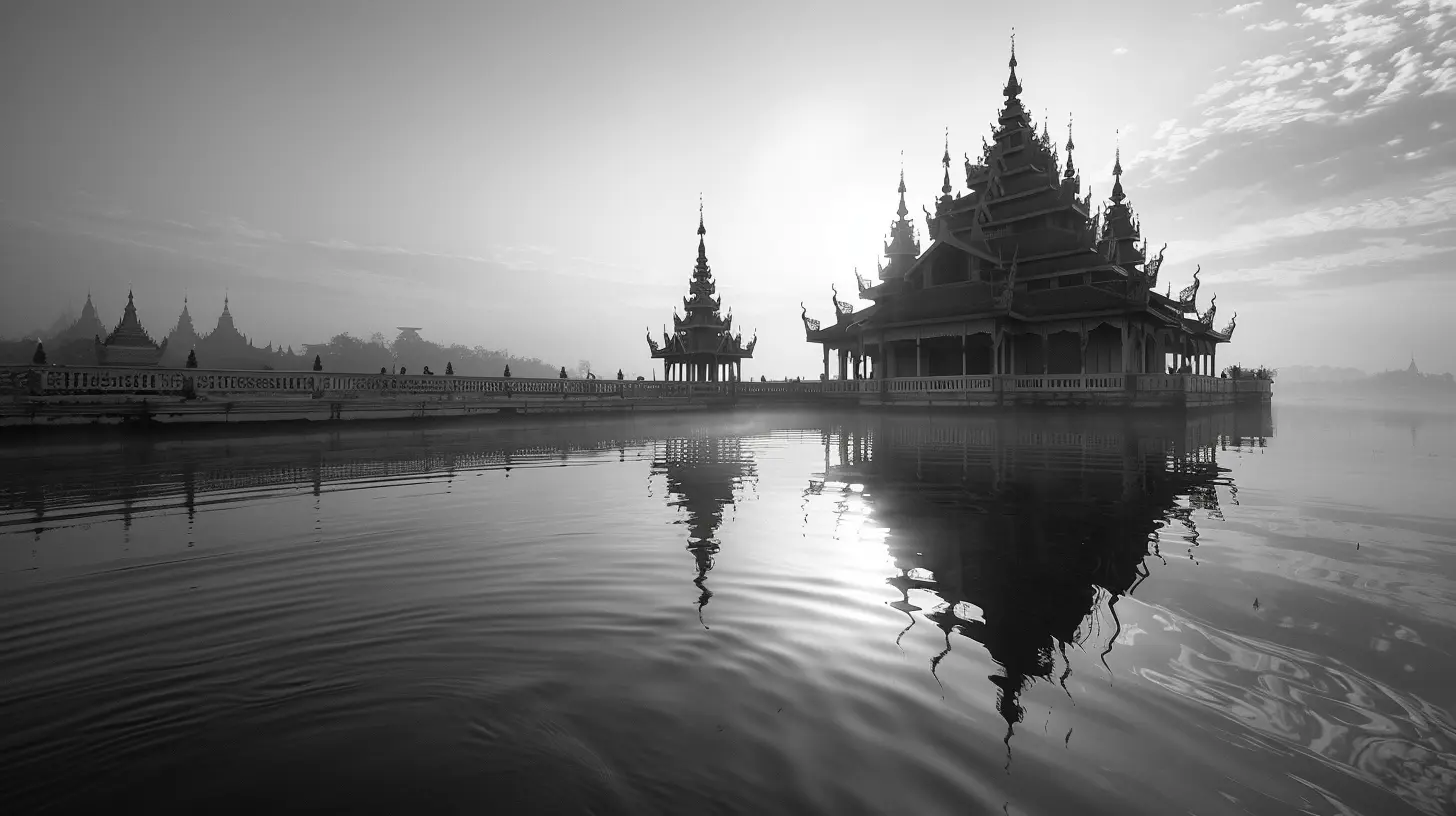
Gear Up (But Don’t Stress About It)
You don’t need a fancy Leica or a vintage film camera to shoot compelling black and white images while traveling. Honestly, any camera will do—even your phone.That said, here's a quick breakdown for those curious:
Cameras
- DSLR or Mirrorless: Full manual control, better dynamic range.- Film Cameras: Authentic grain and nostalgic feel, but requires patience.
- Smartphones: Surprisingly powerful. Apps like VSCO, Lightroom, and Snapseed let you edit on the fly.
Lenses
- Prime lenses (35mm or 50mm) give you crisp detail and force you to think more about composition.- Wide-angle lenses are great for dramatic landscapes and bustling cityscapes.
What matters most? Your eye. Not your gear.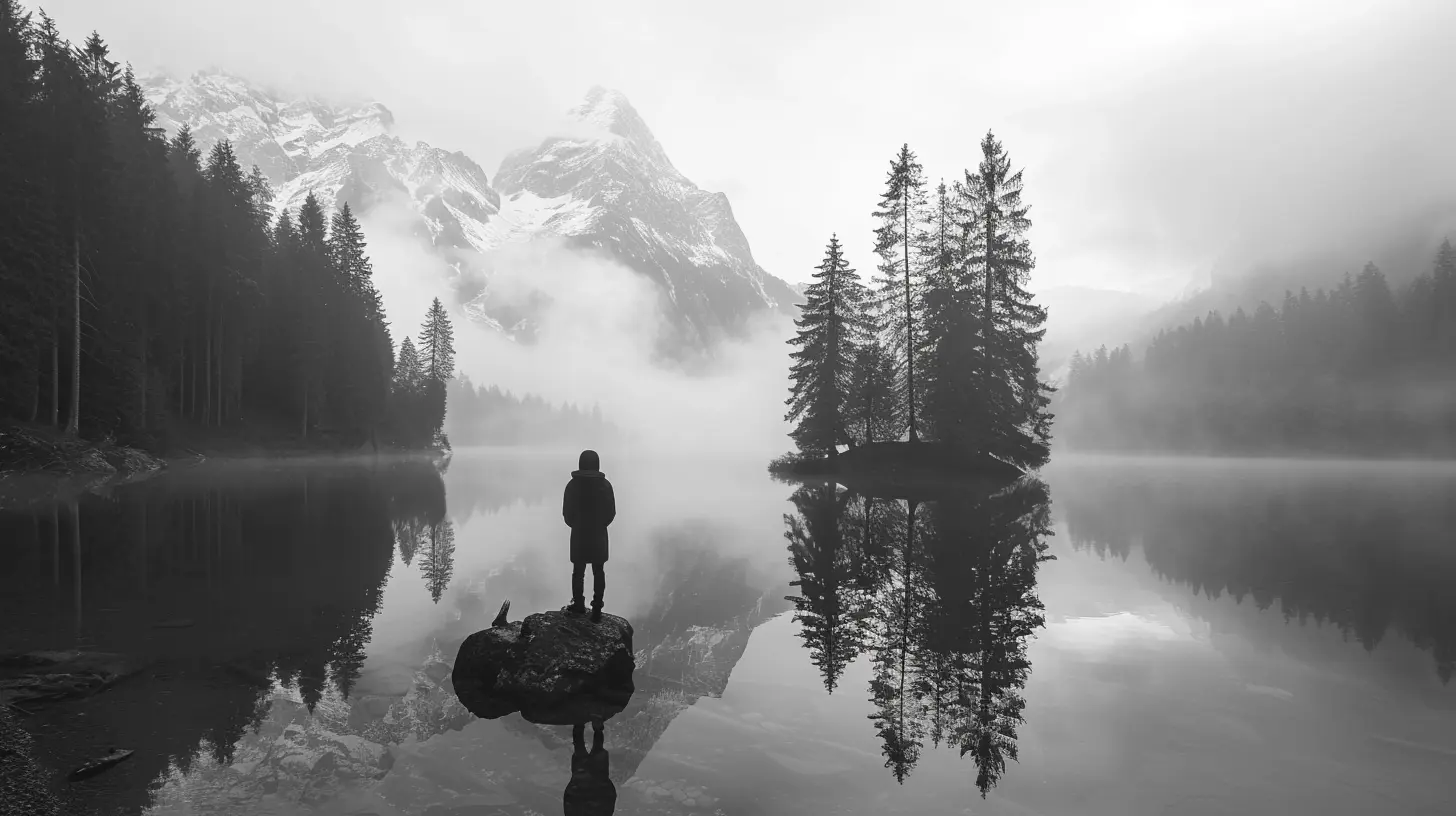
The Power of Composition in Black and White Travel Shots
It’s cliché but true—composition is king. And in black and white photography, it practically rules with an iron fist.Rule of Thirds
Picture a tic-tac-toe board over your frame. Now put your subject where the lines intersect. Boom—instant drama.Leading Lines
Railway tracks, fences, alleyways—these draw the viewer’s eyes straight to the focal point. In monochrome, they absolutely shine.Patterns and Repetition
Think tiled floors in Moroccan medinas, rows of lanterns in Japan, or the geometric windows of Brutalist architecture. Patterns come alive when you remove the “color noise.”Negative Space
Sometimes what you don’t include is just as important. A lone tree in a snowy field? A single figure walking across an empty beach? There’s something poetic about it.Light It Up: Understanding Contrast and Shadow
If black and white photography had a secret sauce, it’d be contrast.High Contrast for Drama
Shooting during strong daylight? Use harsh shadows to your advantage. The contrast between light and dark can make your shot pop off the screen.Low Contrast for Mood
Foggy mornings, overcast skies—these give your photos a softer, melancholic feel. Perfect for dreamy, story-driven travel shots.Don’t be afraid to shoot shadows—especially long ones during golden hour. They add dimensions, mystery, and mood.
Must-Try Monochrome Subjects While Traveling
Looking to sharpen your eye while globe-trotting? Here are a few killer black and white subjects to look out for:1. Street Photography
Street photography and black-and-white are a match made in heaven. The hustle of Bangkok markets, the romance of Paris cafés, the solitude of a lone violinist in Prague—it all speaks louder without color. Focus on:- Candid moments
- Strong facial expressions
- Grit, grime, and real life
2. Architecture
From ancient ruins to modern skyscrapers, buildings offer endless lines, shapes, and textures. Look for light playing off surfaces and experiment with different times of day.3. Landscapes
Drama is everywhere—from the misty Scottish Highlands to the deserts of Namibia. Mountains, cliffs, trees, and clouds all gain new character in monochrome.4. Portraits
Oh man, nothing hits quite like a black and white portrait. Wrinkles, freckles, scars—it’s all storytelling gold.5. Cultural Moments
Festivals, rituals, markets—these are energetic and often chaotic. Stripping away color can help simplify and amplify the emotional core.Editing Your Black and White Masterpieces
Shooting is only half the battle. Editing is where the magic truly happens.Start with a Color Photo (Yes, Really)
Surprise! Most pros shoot in color and convert to black and white later. Why? It gives you more control during editing because color channels carry a ton of light info.Go Easy on the Sliders
- Contrast: Adds pop. Too much? It becomes cartoonish.- Shadows & Highlights: Help balance or exaggerate light.
- Clarity & Texture: Emphasize those gritty details.
- Grain: A little grain? Moody. Too much? Instagram filter gone wrong.
Lightroom, Capture One, or even mobile apps can do wonders. The key is to create feeling, not just effect.
Common Mistakes (And How To Avoid Them)
Relying on Filters Too Much
Guilty of slapping a black and white filter on a meh photo and calling it art? We've all been there. But real monochrome photography demands intent.Flat Lighting
If there’s no contrast and the whole photo looks gray, it lacks impact. Seek better light or play with editing to fix it.Weak Composition
In black and white, there’s nowhere to hide. Your subject and framing have to carry the weight.Tips and Tricks to Level Up Your Game
- Pre-visualize in B&W: Ask yourself if a scene would work without color.- Watch old films: Seriously. Noir movies and classic cinema are masterclasses in light and shadow.
- Shoot early or late: The golden hours offer long shadows and soft contrast.
- Practice: Take a “black and white only” travel day—challenge yourself!
Final Thoughts: Why Monochrome Photography Is More Than A Trend
Black and white travel photography isn’t just a style—it’s a whole other way of seeing the world. When you shoot in monochrome, you stop chasing beautiful colors and start searching for emotion, shape, light, and soul.You slow down. You look closer. You feel more.
And that’s kind of the whole point of travel, right?
So next time you hit the road, toss your comfort zone aside and take the monochrome path. You may just find that when you take color away… you end up seeing even more.
all images in this post were generated using AI tools
Category:
Travel PhotographyAuthor:

Winona Newman
Discussion
rate this article
2 comments
Calder McPhee
Embrace contrast; capture stories in shadows.
July 29, 2025 at 2:51 PM

Winona Newman
Thank you! Embracing contrast indeed reveals the depth and emotion within each shadow, adding layers to our travel stories.
Nell Lozano
Embrace the stark beauty of monochrome; it reveals truths color often conceals. Capture boldly!
June 24, 2025 at 3:05 AM

Winona Newman
Thank you! Monochrome truly allows us to see the world in a new light, revealing layers often hidden by color. Happy shooting!
